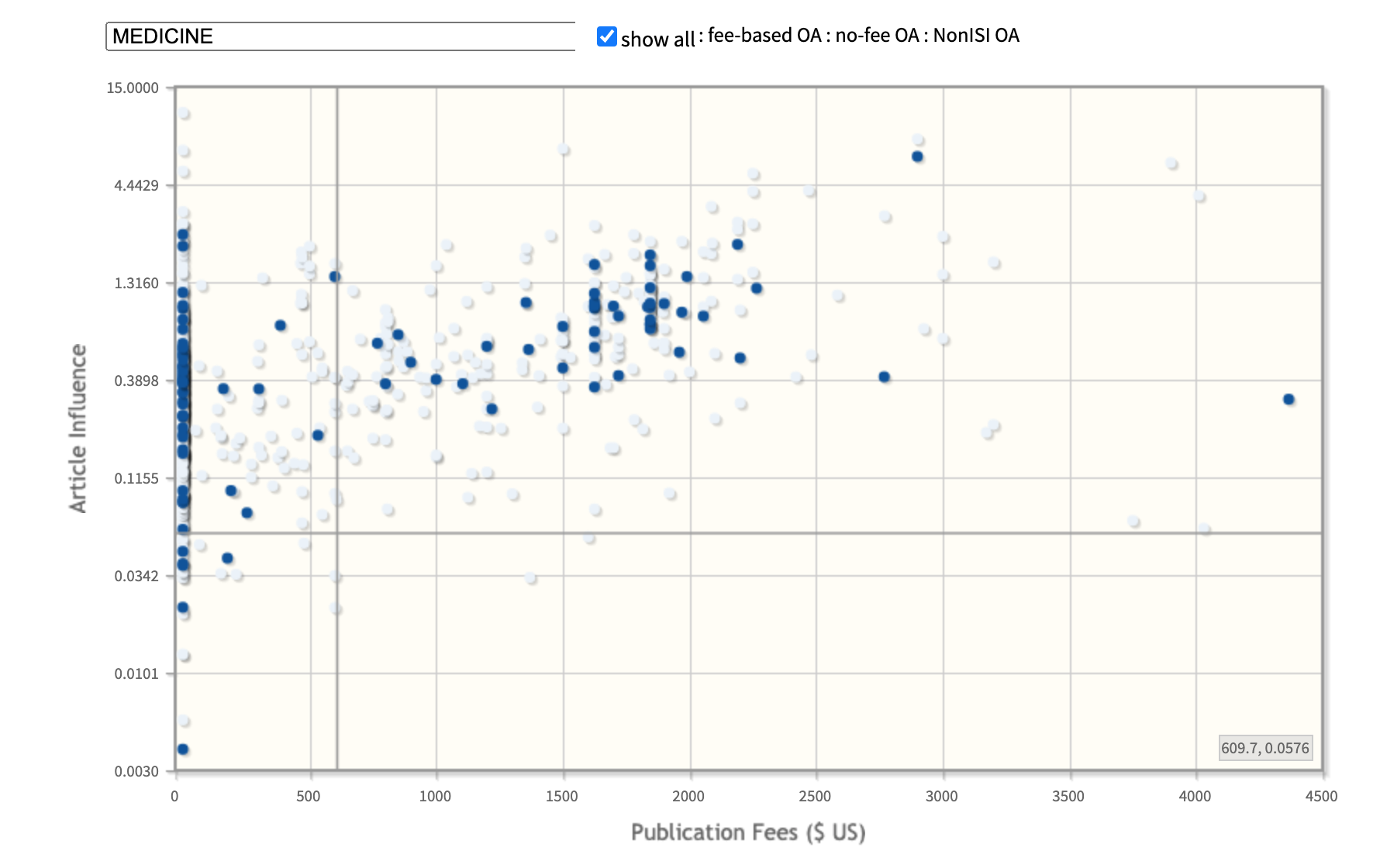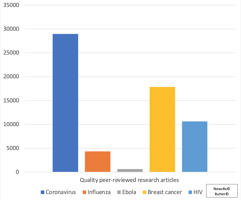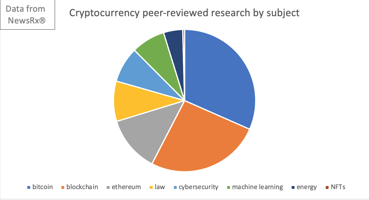COVID-19 took the scientific world by storm in 2020. Scientists and labs in a variety of fields...
How to choose an open access journal
The push for open science is accelerating in academia, as big institutions insist on better access to publicly funded research. Meanwhile, in Europe, consortiums of institutions have struck deals with big publishers, making concrete steps towards making open access a reality.

All the while hundreds and even thousands of open access journals have emerged as viable alternatives for academics and researchers submitting work, and prestigious traditional publications have started to publish a bevy of new open access journals.
Why does open access matter? Although much of scientific research receives federal funding, most scientific research remains locked behind a paywall. This unfairness has led scientists to push for research to be made accessible by the general public via open access.
Open access refers to research that is made free and accessible for others to at minimum read, and sometimes copy, distribute, or even modify. There are different types and levels of open access, but all of them provide visibility that traditional journals do not. Open access publications now make up over 15% of all scientific journals, and the number is growing. More open access research provides accessible data for researchers to draw on, and lowers costs for readers, too.
A number of influential open access journals have emerged to make their mark. Here is how to choose the best open access journal that is a fit for your research.
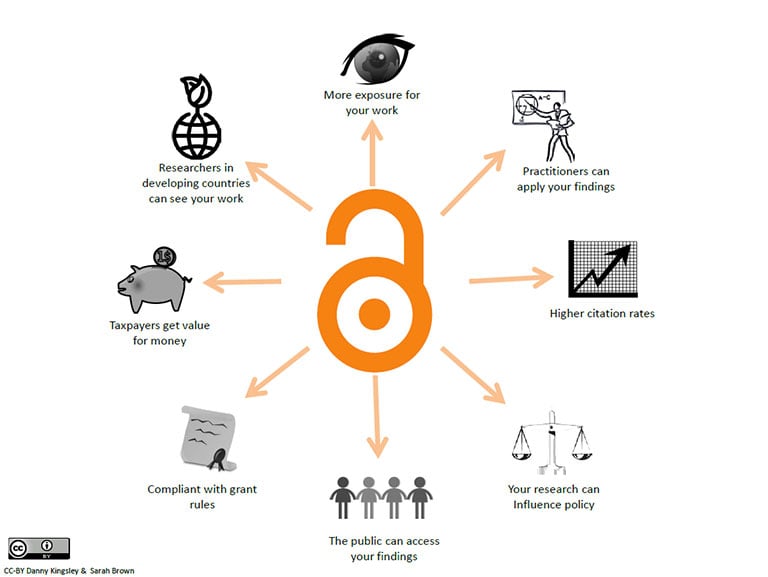
Decide if an open access publication is the best fit for you
First, it’s important to confirm that an open access journal is the best route to pursue with publishing your research.
On the plus side, open access literature tends to receive more citations than subscription publications and allows for easy access by researchers, teachers, journalists, and policy-makers.
However, open access publications often require the author to pay a fee, making open access unaffordable for many researchers without institutional funding. Subscription journals, on the other hand, do not charge the author for publication, but instead require a subscription from readers.
The publishers behind many prestigious subscription journals—including huge publishers such as Elsevier and Wiley—have started to open up repositories for open access content or add open access journals to their portfolio. Some subscription journals allow an author to publish their work in an open access repository. The many variations of this system all depend on the individual publisher (read on to see a more comprehensive list of journals and publishers below). Sometimes the journal will allow the author to publish the paper as open access for free on their own website, sometimes they will charge a fee to publish the article as open access, or other times they may charge a smaller fee to publish the article as open access after an embargo period.
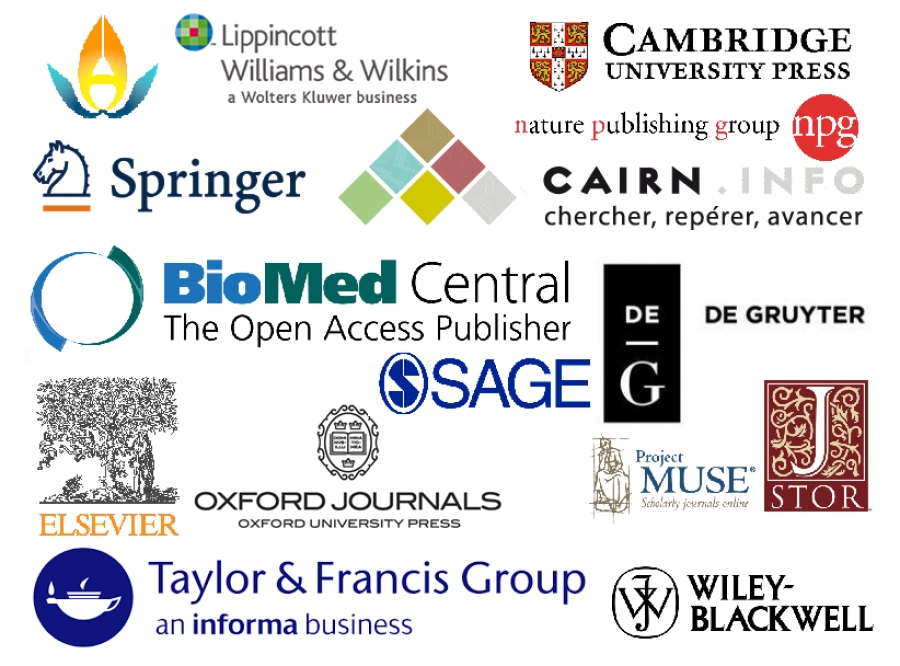
After taking into account cost considerations, researchers should be primarily concerned about reputation and access: getting their article in a good journal that people will see. Open access often will improve visibility, but not necessarily reputation. Since many open access journals are new, they do not yet have strong credibility or impact factors, although the importance of these metrics is up for debate. And yet many strong open access journals do exist.
This helpful article has more details on choosing between traditional and open access journals.
Investigate open access publications in your field
Many leading publishers have opened up prominent open access publications, in addition to long-established and influential journals. Here are some of the major players and platforms that can help you hone in on a target publication.
- Directory of Open Access Journals (DOAJ): A monitored and curated list of reputable peer-reviewed open access journals. It provides a search function and filters to narrow down options.
- PLOS ONE: A megajournal that accepts original research in all scientific disciplines. PLOS does not assess significance in accepting articles for publication, so it’s also a good fit for research with negative results. PLOS ONE articles also tend to be very visible and cited quite frequently.
- SpringerOpen: Since its launch in 2010, SpringerOpen has garnered a reputation of one of the most reputable open access journals.
- Nature Communications: Another megajournal that publishes high-quality research from all areas of the natural sciences. However, it may not have the reach of papers published in the Nature research journals.
- Elsevier’s Open Access Journals, Wiley’s Open Access Journals, and Sage’s open access titles: These three big-name journals have made strides in recent years to improve their open access journal portfolio. The open access titles maintain the high reputations of their respective brands.
- Frontiers: Frontiers journals are relatively new (founded in 2017), but represent what scientists should look for when dealing with newer journals. Frontiers is quickly growing, has respectable impact factor numbers, and has its own open science technology platform for collaborative peer-review and article metrics.
Most scientific publishers have a ‘journal finder’ tool on their site to help locate the best target publication for your research. Ulrich’s Directory is another source that lists open access journals, although it requires institutional log-in.
Double-check target journal fees, standards, and reputation
Open access journals aren’t always a great fit for scientists. Some, in fact, are predatory.
Jeffrey Beall, a librarian at the University of Colorado, was famous for closely monitoring potentially predatory open access publishers and curating a list of “potential, possible, or probable predatory scholarly open-access publishers.” Beall’s list has generated a lot of controversy over the years, and Beall himself received so much pressure and so many attacks from publishers that he eventually retired. While Beall’s list is no longer active, the Beall’s list website now contains other useful resources such as journals that have been removed from DOAJ. Now, other sources such as Predatory Publishing and Flaky Academic Journals have taken up the mantle to actively discuss news about potentially predatory journals.
The first place to look is the author’s fees. Research has shown that author fees in particular are generally not correlated with the prestige of journals, so a high fee can be a red flag.
Navigate the journal’s website and published articles. Does the journal seem professional? Are the articles high-quality? Are they being cited? While these may seem like simple and obvious checks, they can go a long way towards guaranteeing that scientists are avoiding predatory publications. CrossRef also maintains a list of member journals that are high-quality, so it’s a good place to double-check after you have identified your target journal.
Your discipline is another factor. More mathematicians, physicists, and biologists publish in open access journals compared to researchers in materials science or computer science journals. Math and physics in particular have great reputations of posting manuscripts in open-access repositories. Following publishing trends in your field is far from a must, but it’s another factor to keep in mind.
Once you’ve taken those three steps, take the leap and try publishing an open access article. It provides greater visibility and contributes to a more open world of scientific research.

.jpg?width=50&name=DSC_0028%20(1).jpg)
